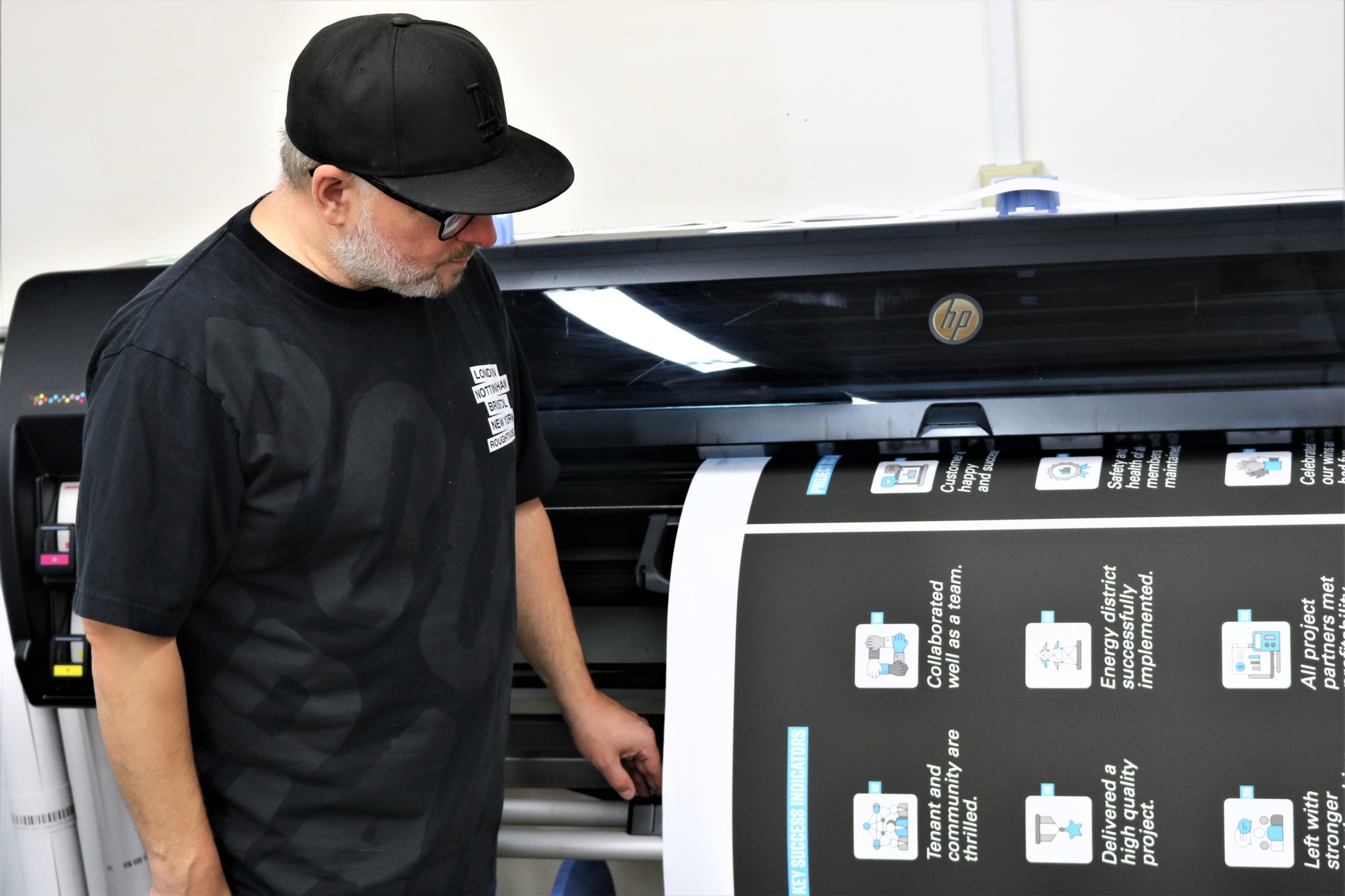DRSI 49: Unraveling Disaster Narratives & Their Real-World Echoes
DRSI 49, a conceptual framework that delves into the profound impact of storytelling on our understanding of critical events, serves as a lens through which we examine both fictional narratives and real-world catastrophes. This initiative seeks to explore how the human mind processes complex situations, from the dark reimagining of beloved fairy tales in a psychological thriller series to the devastating, long-term consequences of environmental disasters. It's about understanding the stories we tell ourselves and the world, and how these narratives shape our perception, response, and recovery from life's most challenging moments.
In an age saturated with information, the way we consume and interpret stories — whether they are meticulously crafted television series or the unfolding sagas of environmental crises — significantly influences our collective consciousness. DRSI 49 encourages a deeper look into the psychological underpinnings of these narratives, urging us to consider the parallels between the fictional worlds we escape into and the very real challenges our planet faces. From the intricate plots of a television show that twists familiar tales into something sinister to the complex, ongoing narratives of oil spills and their aftermath, the thread of human experience, resilience, and vulnerability remains constant.
The Power of Narrative: "Tell Me A Story" and DRSI 49
The human fascination with storytelling is ancient, a fundamental aspect of how we make sense of the world. "Tell Me A Story," an American psychological thriller anthology television series created by Kevin Williamson for CBS All Access, perfectly encapsulates this enduring appeal. Based on the Spanish television series "Cuéntame un cuento," it takes beloved fairy tales and reimagines them as dark, twisted psychological thrillers. This series, featuring talents like Danielle Campbell, Paul Wesley, James Wolk, and Billy Magnussen, highlights how familiar narratives can be deconstructed and rebuilt to explore deeper, often unsettling, human truths. The series itself is an example of DRSI 49 in action, demonstrating how even the most innocent tales can be transformed into compelling explorations of fear, morality, and survival.
The concept of "stories to enjoy when you have five minutes to spare, grouped by category to suit your mood," or "discover famous fairy tales for kids that have enchanted generations," speaks to the universal desire for narrative. "Tell Me A Story" subverts this comfort, pulling viewers into a world where happy endings are far from guaranteed and the lines between good and evil are blurred. This psychological reinterpretation serves as a powerful metaphor for how real-world events, especially disasters, are often far more complex and morally ambiguous than simple narratives might suggest. The series, therefore, becomes a case study within DRSI 49, illustrating the psychological impact of narrative transformation.
From Fairy Tales to Psychological Thrillers: The "Tell Me A Story" Premise
The genius of "Tell Me A Story" lies in its ability to interweave classic fairy tales into a contemporary, gritty setting. Imagine "Little Red Riding Hood," "The Three Little Pigs," or "Hansel and Gretel" stripped of their innocence and placed in modern-day New York City, where characters grapple with greed, revenge, and murder. This dark reimagining allows the series to delve into the psychological depths of its characters, exploring themes of trauma, obsession, and the consequences of moral choices. It's not just about retelling a story; it's about dissecting the human psyche under extreme pressure, a process that mirrors the psychological toll of real-world catastrophes. The series prompts viewers to consider the darker side of human nature, a necessary component of understanding the full scope of any DRSI 49 event.
The Human Element: Characters and Their Plight
At the heart of "Tell Me A Story" are its characters, each embodying archetypes from the original fairy tales but given complex, flawed personalities. Their struggles, their desires, and their descent into darkness or their fight for redemption form the emotional core of the series. The show meticulously crafts their interconnected lives, demonstrating how individual choices ripple through a community, much like the far-reaching effects of a major disaster. The series highlights the vulnerability of individuals when faced with overwhelming circumstances, a theme highly relevant to the study of real-world crises. The psychological thriller aspect of the show compels viewers to consider the fragility of human existence and the profound impact of unforeseen events, echoing the very real anxieties surrounding events categorized under DRSI 49.
Real-World Catastrophes: The Oil Spill Saga and DRSI 49's Relevance
While "Tell Me A Story" explores fictionalized psychological thrillers, DRSI 49 also encompasses the very real, often terrifying, narratives of environmental disasters. Oil, an ancient fossil fuel essential for heating homes, generating electricity, and powering vast sectors of our economy, carries with it an inherent risk. When oil accidentally spills into the ocean, it can cause catastrophic damage, a narrative that is far from fictional. Thousands of oil and chemical spills occur each year in the nation’s coastal waters, ranging from small ship collisions and recreational boating fuel mishaps to massive spill events. These incidents represent real-world psychological thrillers for those affected, with long-lasting consequences that continue to unfold for years, making them prime subjects for analysis under the DRSI 49 framework.
The narratives of these spills are not merely environmental reports; they are stories of human error, technological failure, and the immense power of nature. They are also stories of resilience, scientific innovation, and concerted efforts towards recovery. Understanding these real-world narratives, their causes, impacts, and responses, is crucial for preventing future disasters and mitigating their effects. The parallels between the psychological thrill of a fictional narrative and the very real terror and uncertainty surrounding an oil spill underscore the multifaceted nature of DRSI 49.
The Deepwater Horizon: A Modern Tragedy's Aftermath
The Deepwater Horizon explosion and oil spill in the Gulf of Mexico in 2010 stands as one of the most significant environmental disasters in modern history. The sheer scale of the event, the unprecedented efforts to contain the spill, and the subsequent long-term environmental and economic fallout make it a critical case study within DRSI 49. A total of $16 billion was made available for overall Gulf of Mexico restoration after the Deepwater Horizon incident, highlighting the immense financial burden and the commitment required for recovery. This massive investment speaks volumes about the extent of the damage and the complex, multi-faceted nature of restoration efforts. The narrative of Deepwater Horizon is not just about oil; it's about accountability, environmental justice, and the slow, arduous process of healing an ecosystem.
Lessons from the Exxon Valdez: A Precedent for Disaster Response
Prior to the Deepwater Horizon spill, the Exxon Valdez incident on March 24, 1989, was the largest spill to ever occur in U.S. waters. The grounding of the Exxon Valdez on Bligh Reef in Prince William Sound, Alaska, ruptured its hull and spilled nearly 11 million gallons of crude oil into pristine waters. This disaster served as a grim wake-up call, fundamentally reshaping spill response strategies and environmental regulations. As a direct result of the Exxon Valdez disaster, NOAA (National Oceanic and Atmospheric Administration) put additional resources towards spill response, including creating a hazardous material response division to provide scientific expertise during a crisis. This historical event provides invaluable lessons for any DRSI 49 analysis, demonstrating how catastrophic events can drive significant advancements in scientific understanding and emergency preparedness.
The Environmental Cost: Beyond Immediate Damage
The immediate and visible damage caused by oil spills to sea life — oiled birds, marine mammals, and contaminated coastlines — is horrifying. However, the true environmental cost extends far beyond what is immediately apparent. Oil spills continue to affect marine life and the environment for years, if not decades. The crude oil can sink to the seafloor, impacting benthic organisms and disrupting entire food webs. Long-term exposure to even low levels of oil can cause chronic health problems in marine animals, affecting reproduction, growth, and immune systems. The delicate balance of ecosystems is severely disrupted, and recovery can be agonizingly slow, often requiring multi-generational efforts. Understanding these long-term environmental narratives is crucial for a comprehensive DRSI 49 assessment, emphasizing the enduring impact of such events.
Beyond the direct toxicity, oil can alter the physical characteristics of habitats, such as smothering coral reefs or seagrass beds. It can also lead to changes in species composition, favoring more resilient but less diverse communities. The invisible scars left on the environment are often the most profound, underscoring the need for robust prevention measures and sustained monitoring programs. The environmental narrative is a complex one, highlighting the interconnectedness of all life and the fragility of our planet's ecosystems.
Economic Repercussions and Restoration Efforts
The economic fallout from major oil spills is immense, impacting local industries, tourism, and livelihoods for years. The $16 billion made available for overall Gulf of Mexico restoration after the Deepwater Horizon explosion and oil spill illustrates the staggering financial commitment required for recovery. This money was spent on a variety of initiatives, including:
- Natural Resource Damage Assessment (NRDA): Funding scientific studies to assess the extent of environmental harm and determine the necessary restoration actions.
- Ecosystem Restoration Projects: Implementing projects aimed at restoring damaged habitats, protecting vulnerable species, and improving coastal resilience.
- Economic Recovery Programs: Supporting communities and businesses affected by the spill, particularly those reliant on fishing and tourism.
- Research and Monitoring: Investing in long-term research to understand the impacts of the spill and monitor the recovery of the ecosystem.
Expert Response and Mitigation: NOAA's Role in DRSI 49
Effective disaster response relies heavily on scientific expertise and coordinated efforts. NOAA, through its hazardous material response division, plays a crucial role in providing scientific guidance during oil spills. In one episode, we hear from NOAA marine biologist Gary, who likely provides insights into the complex challenges faced by responders. NOAA's involvement ensures that cleanup efforts are based on the best available science, aiming to reduce the environmental consequences of the spill and the cleanup efforts themselves. Their work is a testament to the dedication of experts in mitigating the impact of DRSI 49 events.
One critical tool in spill response is the use of Environmental Sensitivity Index (ESI) maps. When an oil spill occurs, ESI maps help responders meet one of the main response objectives: reducing the environmental consequences of the spill and the cleanup efforts. These maps identify sensitive coastal resources — such as wetlands, bird nesting sites, and shellfish beds — allowing responders to prioritize protection efforts and deploy appropriate cleanup strategies. Furthermore, innovative solutions like the oil containment system designed, created, and installed in 2019 by Couvillion Group, LLC, a company selected and hired by the U.S. government, demonstrate ongoing advancements in spill response technology. These expert-driven initiatives are vital components of the recovery narrative, showcasing human ingenuity in the face of disaster.
The Interplay of Fiction and Reality in Understanding DRSI 49
The conceptual framework of DRSI 49 allows us to draw powerful connections between the world of psychological thrillers like "Tell Me A Story" and the very real psychological and environmental impacts of events like oil spills. Both types of narratives, whether fictional or factual, tap into our deepest fears and anxieties. "Tell Me A Story" explores the dark side of human nature and the consequences of moral failings, often mirroring the complex human decisions and oversights that contribute to real-world disasters. The psychological tension and suspense in the series resonate with the uncertainty and fear experienced by communities facing environmental catastrophe.
Conversely, the real-world stories of resilience, scientific innovation, and community response in the aftermath of spills can inspire narratives of hope and recovery. The human struggle against overwhelming odds, a common theme in both fictional thrillers and disaster recovery efforts, highlights our capacity for adaptation and problem-solving. By examining both facets under the umbrella of DRSI 49, we gain a more holistic understanding of how stories — in all their forms — help us process, learn from, and ultimately navigate the complexities of life's most challenging events. This dual perspective is crucial for developing empathy and fostering a proactive approach to both personal and planetary well-being.
Navigating the Aftermath: Psychological and Societal Impacts
Beyond the immediate environmental and economic damage, major disasters, whether they are fictional narratives or real-life events, leave profound psychological and societal scars. For communities directly affected by oil spills, the trauma can manifest as anxiety, depression, and post-traumatic stress. Fishermen lose their livelihoods, coastal residents worry about the safety of their food and water, and the very fabric of community life can be disrupted. These are the untold psychological thrillers that unfold in the wake of such events, often extending for years after the visible cleanup is complete. The human cost is immeasurable, a critical aspect of any DRSI 49 analysis.
Similarly, the dark themes explored in "Tell Me A Story" reflect universal human struggles with betrayal, loss, and the search for justice. While fictional, these narratives provide a safe space for audiences to confront uncomfortable truths about human nature and the consequences of extreme circumstances. By engaging with these stories, both real and imagined, society can develop greater empathy, resilience, and a deeper understanding of the complex interplay between individual actions and collective well-being. This ongoing narrative of recovery, adaptation, and learning is a testament to the enduring human spirit.
Conclusion: The Enduring Legacy of DRSI 49 Narratives
The DRSI 49 framework offers a compelling way to understand how narratives — from the intricate plots of a psychological thriller series to the stark realities of environmental catastrophes — shape our perception and response to significant events. We've explored how "Tell Me A Story" redefines classic fairy tales into dark, modern thrillers, mirroring the complex psychological challenges individuals face. In parallel, we've delved into the profound and lasting impacts of oil spills like the Deepwater Horizon and Exxon Valdez, examining their environmental, economic, and societal consequences, and highlighting the crucial role of expert response from organizations like NOAA.
Ultimately, DRSI 49 encourages us to recognize the power of storytelling in both fiction and fact. These narratives, whether crafted for entertainment or documented through scientific inquiry, provide invaluable insights into human resilience, vulnerability, and our ongoing relationship with the natural world. By understanding these stories, we are better equipped to learn from the past, navigate present challenges, and proactively shape a more sustainable and resilient future. We invite you to reflect on the stories that have shaped your understanding of the world. What narratives, real or fictional, have had the most profound impact on you? Share your thoughts in the comments below, or explore more articles on our site that delve into the complex interplay of human experience and environmental impact.

Watch Raichu Redux | Streamable

About DRSi | Digital Reprographic Services Inc.

DRSi – Teri Shelton